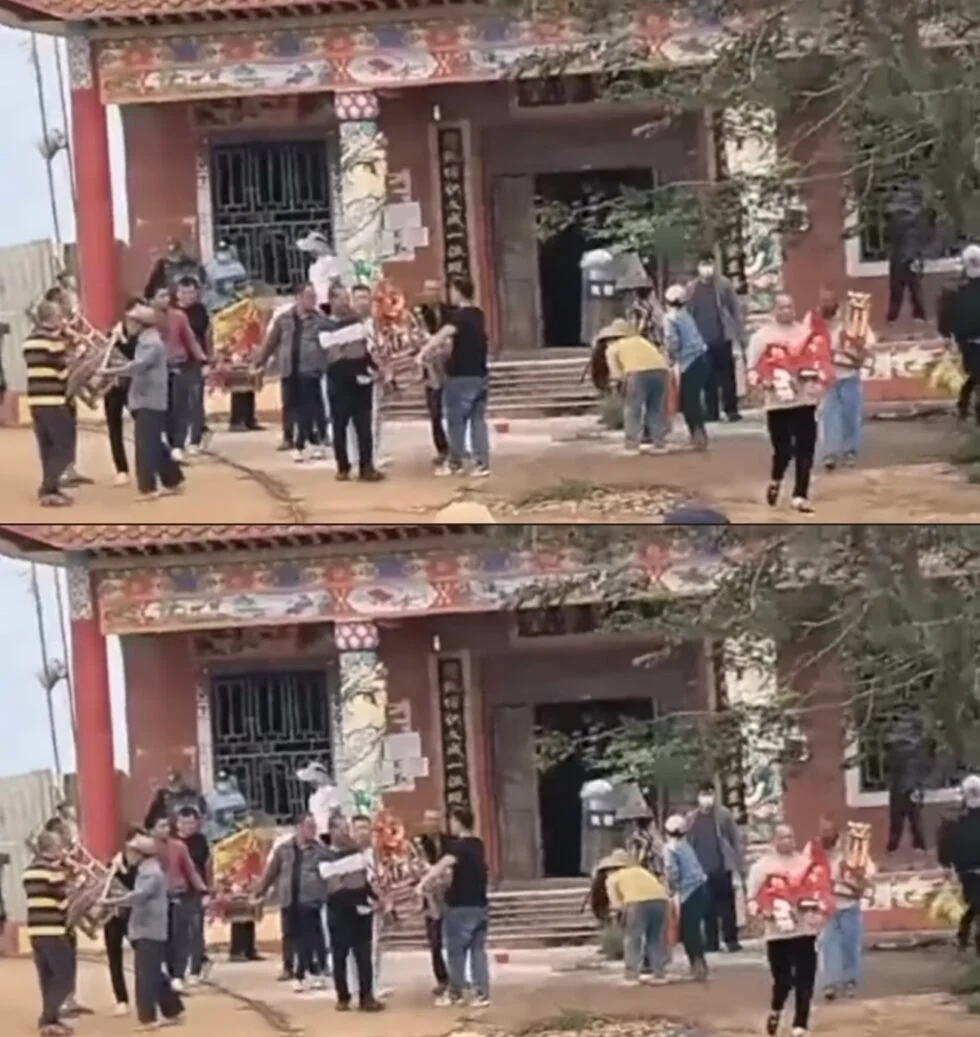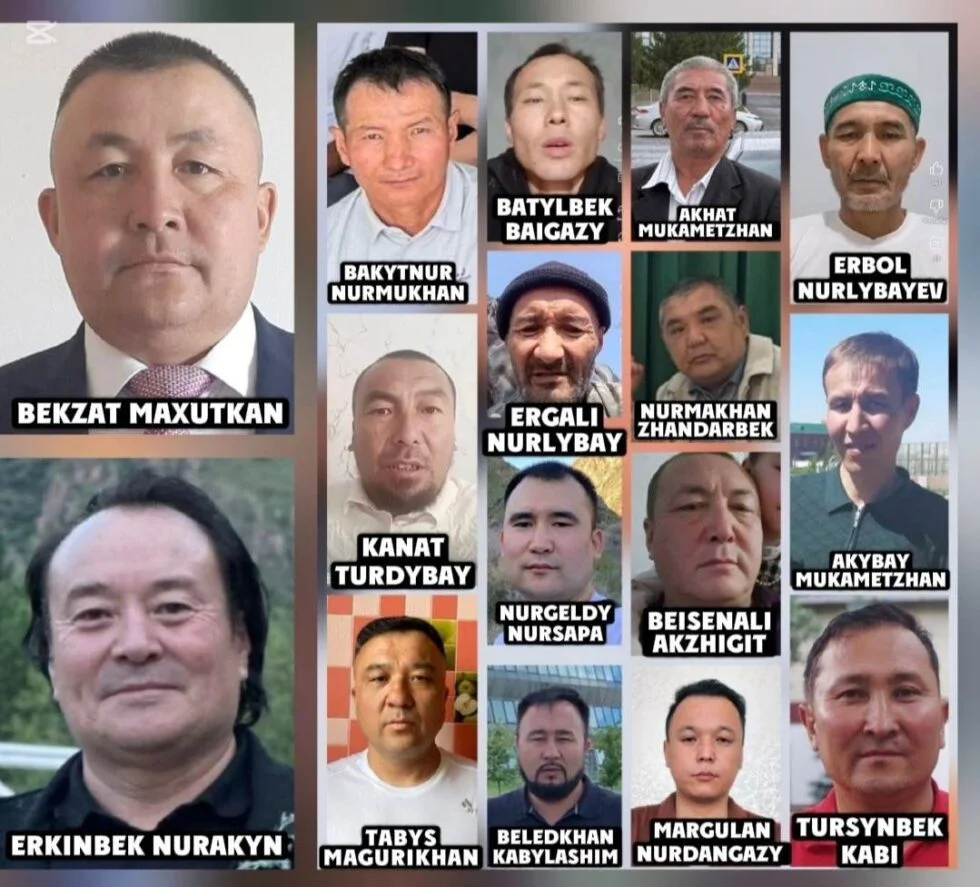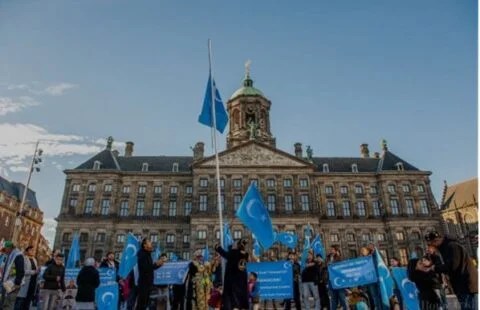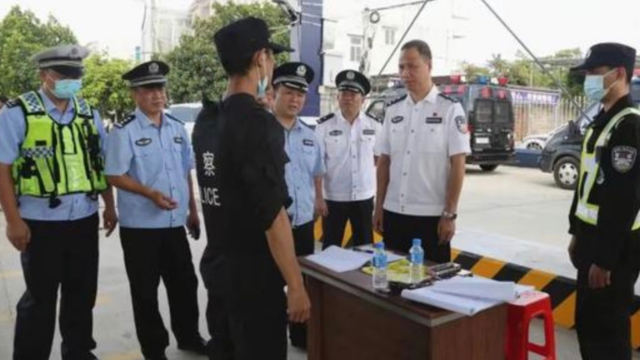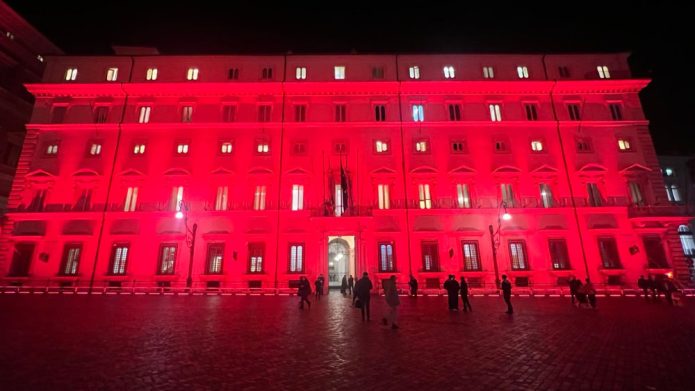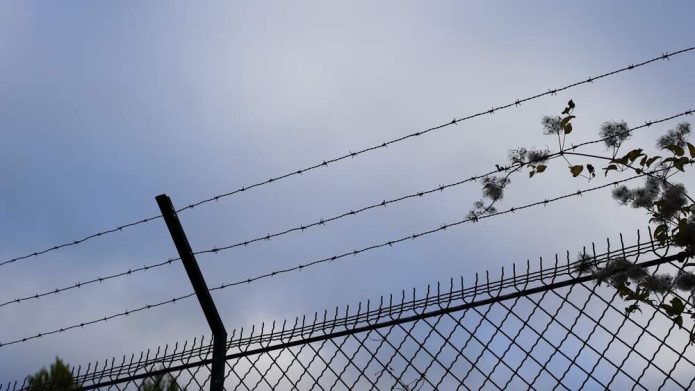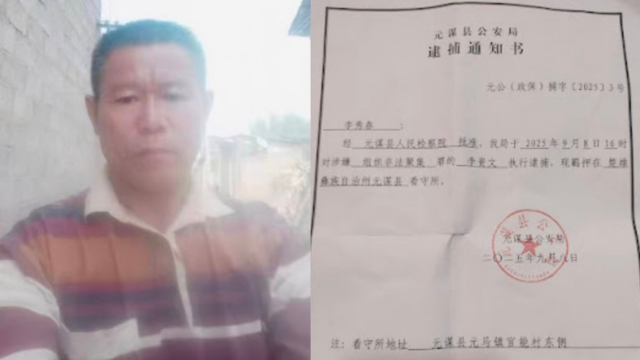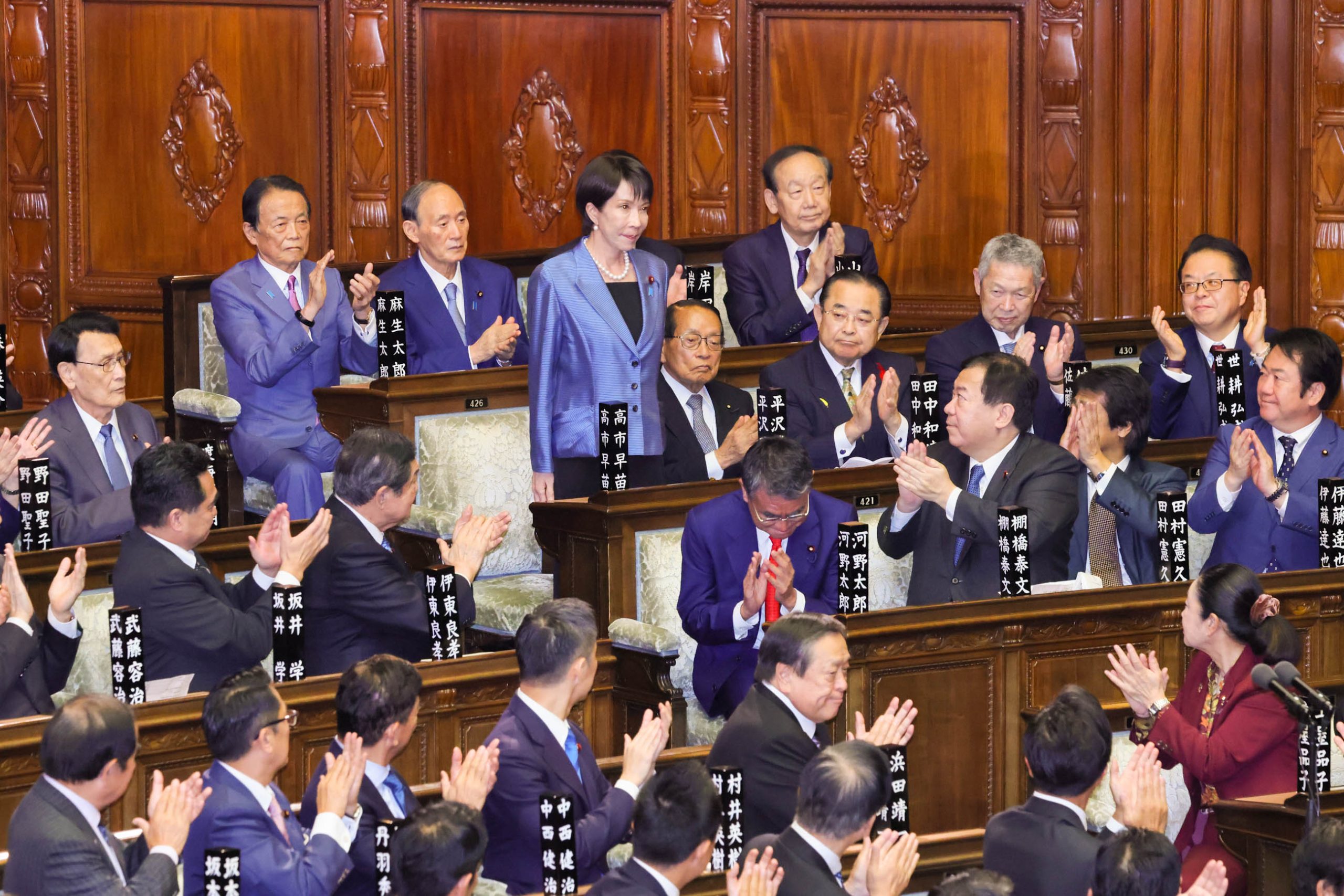Religious organizations are explicitly included among the agencies that should mandatorily spread the nationalist one-China myth.
In September 2025, the Standing Committee of the National People’s Congress released the draft of the “Law on Promoting Ethnic Unity and Progress,” a sweeping legislative proposal that codifies the Communist Party’s vision of ethnic harmony—one that critics say veers dangerously close to enforced assimilation.
The draft law, currently under public consultation (a cosmetic exercise that rarely amounts to much), is framed as a tool to “forge a strong sense of the Chinese national community.” But beneath the rhetoric of unity lies a dense architecture of ideological control, extending from preschool classrooms to religious institutions, from local governments to private enterprises.
The draft law is structured around seven chapters and 61 articles. Article 2 declares that ethnic unity must be guided by Xi Jinping Thought and the “core values of socialism.” The draft law calls for the strengthening of recognition of the “great motherland,” the Chinese nation, Chinese culture, the Chinese Communist Party, and “socialism with Chinese characteristics.”
Ethnic unity should be taught in all levels of education, including preschools. Schools must use state-approved textbooks that reflect the Party’s narrative of national unity.
Article 20 urges families of all ethnicities to educate children in the spirit of ethnic unity and teach them to “love the Chinese Communist Party,’’ effectively extending ideological supervision into the home.
Article 44 requires religious groups to promote Sinicized religion and ethnic unity aligning spiritual doctrine with Party ideology. Article 60 reiterates that “religious extremism” is a crime. Article 10 threatens those who would oppose “ethnic unity” based on “religion, human rights, and other pretexts.”
Article 19 obliges all media—including online platforms—to promote ethnic unity and progress. Article 31 encourages the use of modern technologies like AI and big data to disseminate Party-approved narratives.
Article 56 introduces penalties for individuals who “undermine ethnic unity,” including those who spread “rumors” or express dissenting views. Article 61 allows for prosecution of foreign individuals and organizations deemed to interfere with ethnic unity.
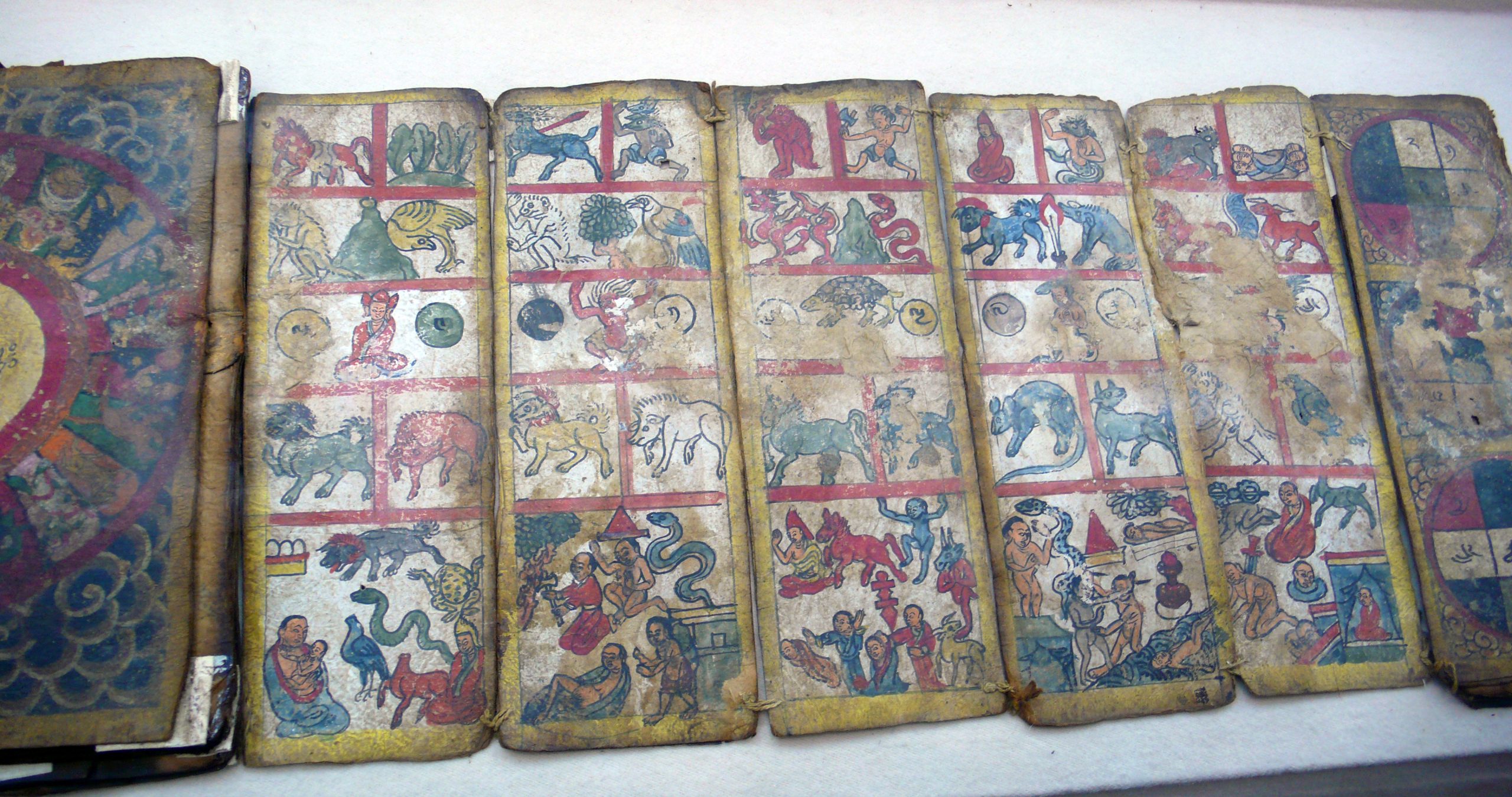
Human Rights Watch warns that the law “tightens ideological control “over ethnic minorities and risks criminalizing peaceful expression and cultural autonomy. The organization notes that the law’s vague language could be used to silence dissent and punish minority voices.
The International Campaign for Tibet highlighted in the past how similar regulations in the Tibet Autonomous Region have already led to the erosion of Tibetan cultural and religious identity.
What sets this draft law apart is its totalizing ambition. The law’s vertical integration (from individual to state) and horizontal saturation (across sectors) create a matrix of ideological enforcement that leaves little room for pluralism.
The emphasis on “shared spiritual homeland” and “common destiny” echoes the language of nationalistic myth-making, where diversity is tolerated only insofar as it conforms to a singular narrative.
The law’s reach into family life (Article 20) and preschool education (Article 15) suggests a preemptive strategy: mold minds before they can question. The use of modern surveillance tools (Article 31) to monitor and promote ethnic unity raises alarms about digital authoritarianism—where AI tracks behavior and enforces belief.
China’s draft “Law on Promoting Ethnic Unity and Progress” is a policy document that becomes a blueprint for ideological engineering. While it speaks the language of harmony, its mechanisms suggest homogenization. In the name of unity, it risks erasing the very diversity it claims to protect.
Source: Bitter Winter




